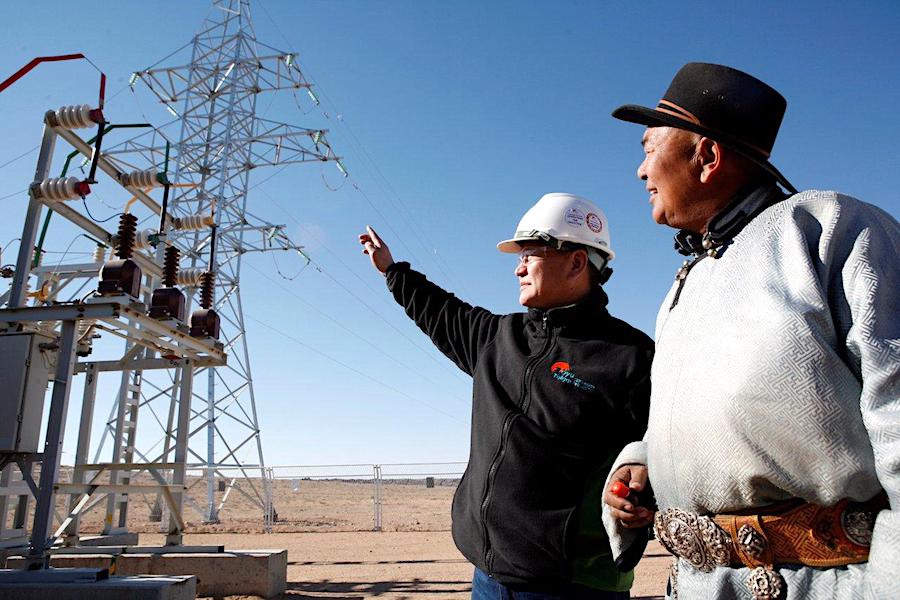Rio Tinto strikes power deal for Oyu Tolgoi

The world’s second-largest miner, Rio Tinto, (ASX, LON, NYSE: RIO) has reached an agreement with Mongolia regarding the construction of a power plant to supply the giant Oyu Tolgoi copper and gold mine, located in the Gobi Desert.
The new deal is a revision of the original power source framework agreement (PSFA) signed in 2018. It states that Rio, its subsidiary Turquoise Hill Resources (TSX, NYSE:TRQ) and the Mongolian government will work towards finding a permanent power supply solution by the end of March 2021.
The notice confirms that Rio will not have to build its own 300 MW coal power plant, which it had earlier estimated could cost $924 million. Instead, the government will begin construction of a coal-fired power plant by July 2021.
The company estimates the plant will come on stream within the next four years. Until then, power supply to the mine and the underground project, which is sourced from China, will continue under the current terms, Rio said.
The coal-fired plant is expected to come on stream within the next four years
The massive Oyu Tolgoi deposit was discovered in Mongolia’s southern desert in 2001. Rio Tinto gained control of it in 2012, with the government of Mongolia retaining one-third ownership of the asset.
Canada’s Turquoise Hill, the Rio-controlled company that owns 66% of Oyu Tolgoi, is spearheading an ongoing underground expansion, which has faced multiple delays and costs blowouts.
Rio Tinto and Turquoise estimated last year a cost overrun at the project of up to $1.9 billion due to difficult geology. They noted that total capital expenditure would be in the range of $6.5-$7.2 billion.
The cost of building a power plant would have come on top of that figure.
“The agreement reduces Rio Tinto and Turquoise Hill’s financing requirements, which is a potentially positive development given the additional funds we estimate will be required due to the delay to underground first production on geotechnical difficulties,” BMO Capital Market’s Edward Sterck said in a note.
“At the same time, the successful delivery of the power supply is no longer within the control of the joint venture, which could increase operational risks,” Sterck wrote.
The analyst noted the decision to proceed with a coal option did not help to reduce Rio Tinto’s carbon footprint
Delays
Rio and Turquoise had also warned of further delays of up to two and a half years, with first sustainable production expected between May 2022 and June 2023.
The project will lift production from 125,000–150,000 tonnes in 2019 to 560,000 tonnes at peak output, targeted for 2025. This would make it the biggest new copper mine to come on stream in several years.
Oyu Tolgoi produced 35,203 tonnes of copper and 26,154 ounces of gold in the first three months of this year, on track to achieve 2020 production guidance. The coronavirus pandemic, however, has caused a slow down to operations since.
More News
Anglo starts talks with banks on possible De Beers IPO
Anglo is pursuing a dual-track process in its effort to exit De Beers by trying to find a buyer for the struggling business.
March 28, 2025 | 12:19 pm
PDAC JV video: Golden Pursuit preps for discovery at sub-Arctic Gordon Lake, CEO says
A program to scan archived core using AI and expand geophysical surveys on the Wooferine-Lynk Zones is set to start soon.
March 28, 2025 | 11:35 am
{{ commodity.name }}
{{ post.title }}
{{ post.excerpt }}
{{ post.date }}



Comments